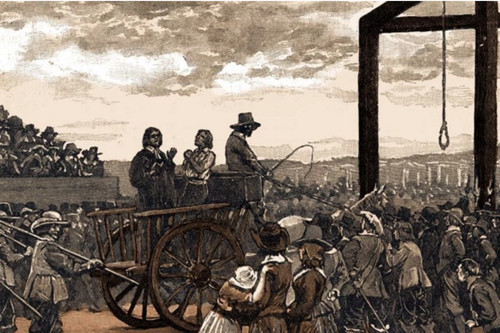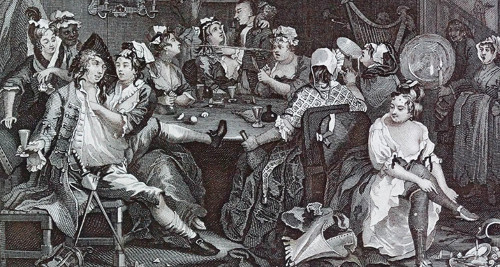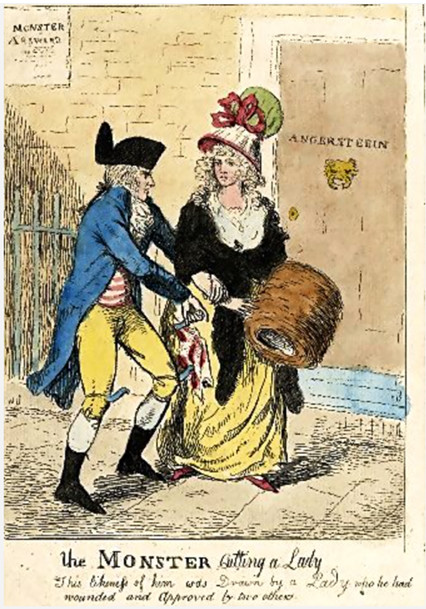Donna Scott’s Blog

The Glencoe Massacre—Who’s to Blame?
The Glencoe Massacre may have occurred more than three hundred years ago on February 13th, 1692, but it remains a very sensitive subject for MacDonalds and Campbells even today. For twelve days, soldiers—both English and Scottish—billeted in Glencoe and were provided with food, drink, and entertainment until the weather improved. Instead of leaving peacefully and thanking MacIain the clan chief, the troops committed one of the most heinous crimes in Scottish history. Both Highland clans carry a deep respect for Highland law and customs but disagree as to whom is truly to blame for the horrible act on that fateful day in February. Both sides do agree, however, that certain individuals...

Hanging and Gibbeting
Death by hanging was used as a form of capital punishment in England as early as the fifth century. Other methods of execution found their way into history over the years as well, yet never managed to maintain the longevity of death by hanging. Castration, blinding, beheading, boiling, burning, and dismemberment all made an appearance in England between the time of William the Conqueror and the 18th century when hanging became the favoured method of punishment. Even children as young as seven were subject to pay for their crimes at the end of a rope. Those unfortunate enough to find their necks in a noose prior to the late 19th century, when the long drop was introduced, would die from...

The London Lock Hospital
According to many historiographers, 18th century London marked a high point in sexual liberation. Thousands of prostitutes—both men and women—offered their services either within brothels or molly houses, or on the street in areas notoriously known for being rife with sexual promise. The popular perception at the time was that women who sold their bodies for sex were simply lusty whores whose licentious desires could only be satiated through prostitution. However, others purported that these women were solely in it for the money and entered into prostitution with the dream that it would bring them riches. Yet others—a very few—understood that poverty is what drove women to engage in...

London Monster
Almost everyone has heard of Jack the Ripper, the villain who wandered the streets of London in 1888, killing prostitutes in the dead of night. Few people are aware, however, that he had a predecessor, a sexual miscreant who terrorized those same streets exactly one hundred years earlier. Although he did not have a predilection for prostitutes, his weapon of choice was the same. That man was known as The London Monster. His reign of terror lasted from March 1788 to June 1790. Within that timeframe, he attacked approximately 56 women. This number remains in question, however, because many believe some of his attacks were not reported and others were fabricated. But more on that later. In...

